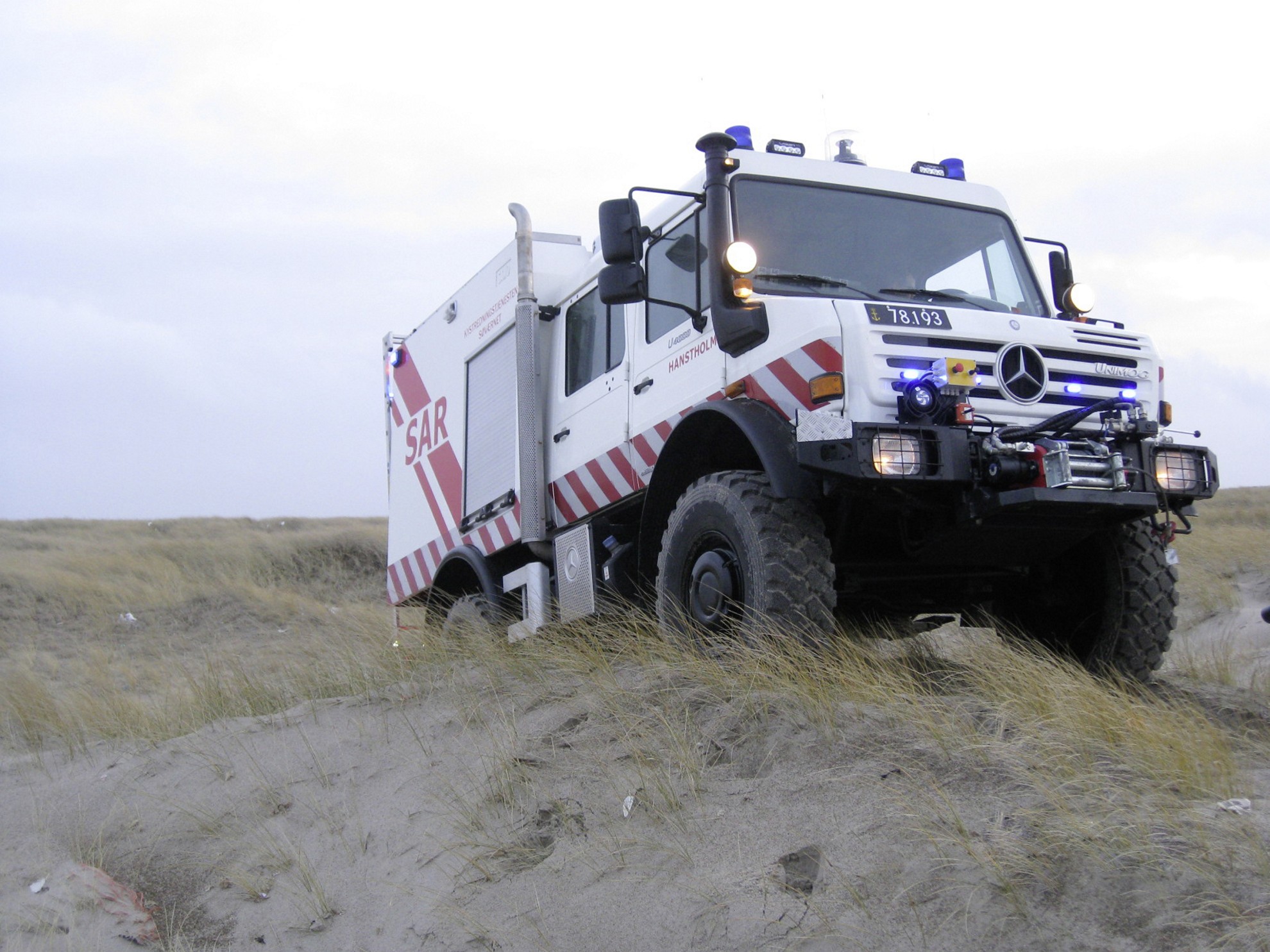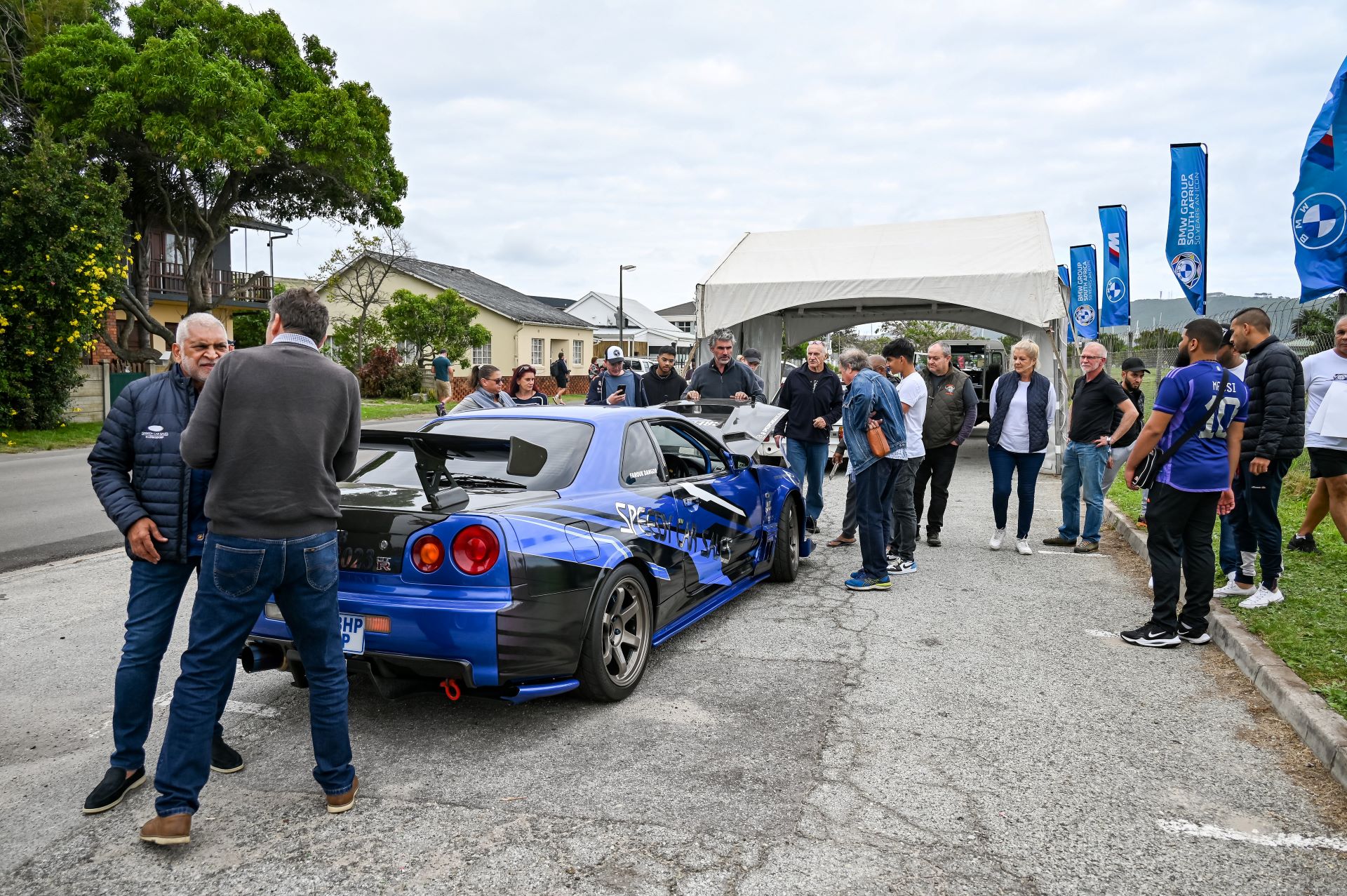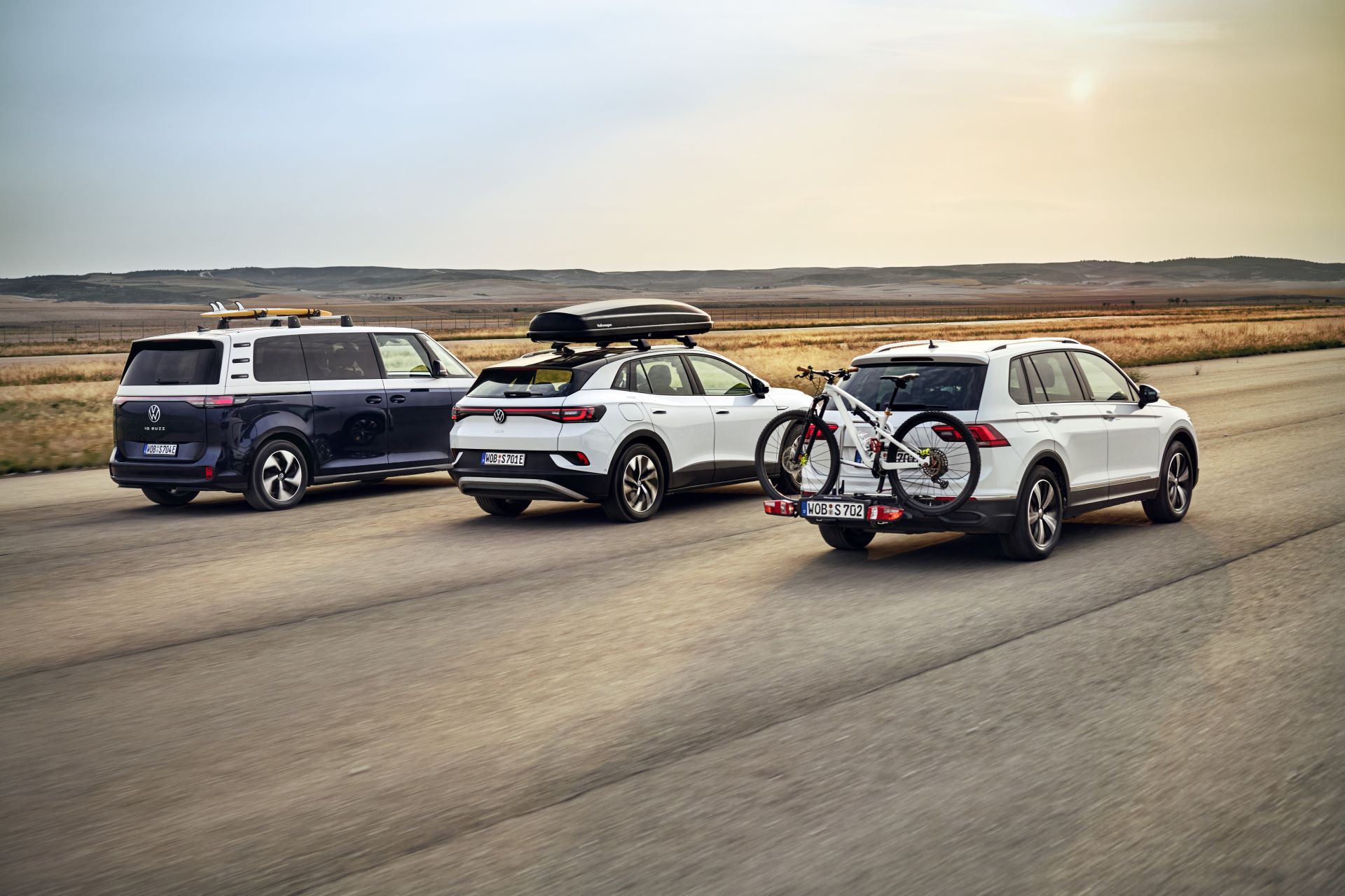- Four Unimog U 4000 dedicated to rescuing people in distress at sea, on the mudflats or in the dunes
- On call 24/7 at four search-and-rescue stations
- Heat-imaging camera and radar positioning systems aid searches
- Emergency first-aid equipment for CPR
The sand and sea are often underestimated as a source of danger, and not just in the coastal regions of Denmark. Every month, between 10 and 20 emergency calls are made to each of the 21 search-and-rescue (SAR) stations on Denmark’s North Sea coast. Call-outs involve rescuing swimmers who have been swept out to sea or sailors who have gone overboard, recovering sunken vessels or repairing damage to a ship’s turbine, all in the fastest possible time.
However, equally often rescue crews are called out to locate and rescue people who have got lost along the miles of beaches or in the vast areas of sand dunes along the west coast, many of whom have become incapacitated in some way.
To this end, the four SAR stations in Agger, Bornholm and Hanstholm and on Rømø, the southernmost of Denmark’s Wadden Sea islands, all deploy almost identical Mercedes-Benz Unimog U 4000. They all have more or less the same rescue and first-aid equipment and together with the fleet of SAR lifeboats provide the capability required to quickly locate people in distress and save lives. As a result, they are used by the Danish SAR stations both as a mobile control room and as a beach ambulance. The final three of four U 4000 vehicles in all were delivered and officially handed over in January 2014.
Tough terrain: deep sand, high dunes, rocks and cliffs
In order to accomplish the challenging tasks that confront them, the crews of the Danish coastal rescue stations rely on heavy-duty all-wheel-drive vehicles, which are essential for negotiating deep sand or, in the case of Bornholm, difficult rocky ground, to get to the site of an incident. The ability to carry professional ambulance equipment on board is equally important so that emergency first-aid treatment can be provided. “The Unimog offers so many unique advantages for our work that we have now replaced our previous U 1250 L with a new Unimog”, says Station Manager Morten Olsen from the SAR station in the modern seaport and fishing harbour of Hanstholm, located in the northwest of Jutland.
Getting professional equipment to the incident
The crew at the Hanstholm SAR station swears by the Unimog’s excellent off-road traction, supplemented by its high degree of torsional flexibility and good ground clearance. They are particularly impressed with the portal axles and the tyre pressure control system, without which it simply would not be possible to keep the vehicle moving on such sandy ground. “Tyre control is massively important for us. When we’re driving along the beach to an incident, several wheels can often sink down into the sand at the same time,” says Morten Olsen. “Without having to exit the vehicle, we are able to decrease the tyre pressure from 4.2 bar to 1.2 bar from inside the cab, providing up to 50 percent more surface area and grip per tyre. This means we can dig ourselves out by our own means and drive on without delay. ”
The new U 4000 were ordered with double cab, front cable winch, 13-pin trailer socket and an upward-pointing exhaust pipe, plus a high-performance 160 kW (218 hp) four-cylinder diesel engine. The other crucial aspect of the vehicles is its fording system, which enables the Unimog to drive in water of depths up to 1.20 m on the mudflats or in the sea – even when there is a strong swell. This makes it possible to rescue people trapped on offshore sand banks. Operations involving the Unimog on the beach working in tandem with a lifeboat up to five kilometres out to sea are all in a day’s work, the aim being, as always, to save people in distress within this radius and get them to hospital in quickest time possible. This can involve distances of up to 30 km in some isolated stretches of the coastline – distances which the Unimog is capable of covering at speeds of up to 110 km/h with its blue light flashing.
Rapid positioning and first aid, thanks to high-tech equipment
The Unimog vehicles are equipped with the latest in radar systems and infra-red heat-imaging cameras which enable people to be located in dark conditions and at night. The cockpit of the U 4000 is also fitted with state-of-the-art electronics. Searches are conducted using two large screens with access to Google Earth and an automatic identification system which allows all large passenger and cargo vessels in the vicinity of the coast to be identified. The body of these vehicles houses a number of special tools for rescue operations, including high-power search floodlight and work lamp systems and a high-pressure harpoon which can send rescue lines for rescuing shipwrecked persons or swimmers in distress far out into the ocean. The first aid equipment includes stretchers, blankets and a complete medical emergency kit including defibrillators.




